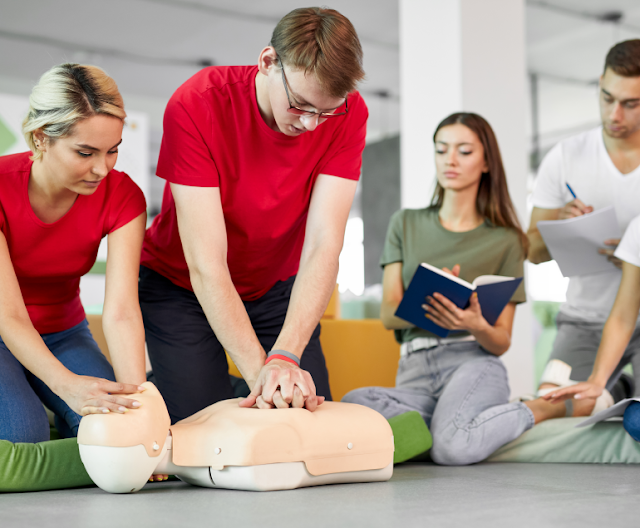Dr Ramji Mehrotra | CPR and How to perform it
CPR (Cardiopulmonary Resuscitation) is a life-saving technique that can be performed in emergency situations when someone's breathing or heartbeat has stopped. It is crucial to know how to perform CPR as it can significantly increase the chances of survival until professional medical help arrives.
CPR combines chest compressions and rescue breaths to keep the blood flow and oxygen circulation going in a person's body. The main goal of CPR is to maintain vital organ function until advanced medical support can be provided.
Dr. Ramji Mehrotra, India’s leading cardiac surgeon, suggests that CPR can be performed following the steps below:
1. Assess the situation: Ensure the environment is safe for both the victim and you. If the person is unresponsive, check if they are breathing or have a pulse. If not, it is time to start CPR.
2. Call for help: Dial the emergency services number or ask someone nearby to do so. It is important to get professional medical help on the way as soon as possible.
3. Perform chest compressions: Kneel beside the person and place the heel of your hand on the center of their chest. Place your other hand on top and interlock your fingers. Position yourself with your shoulders directly over your hands. Push hard and fast, aiming for a rate of about 100-120 compressions per minute. Allow the chest to fully recoil between compressions.
4. Provide rescue breaths: Open the person's airway by tilting their head back and lifting their chin. Pinch the person's nose and cover their mouth with yours, forming a seal. Give two rescue breaths lasting about one second each, watching for the chest to rise.
5. Continue cycles of compressions and breaths: Perform 30 chest compressions followed by two rescue breaths. Continue this cycle until help arrives or the person starts showing signs of recovery.
It is important to note that if you are not trained in CPR, you can still perform hands-only CPR. This involves skipping the rescue breaths and focusing solely on chest compressions. According to Dr Ramji Mehrotra, hands-only CPR can also be effective in providing temporary blood flow and oxygenation.
Remember these key points while performing CPR:
Ø Push hard and fast in the center of the chest.
Ø Allow the chest to fully recoil between compressions.
Ø Maintain a steady rhythm and pace.
Ø Do not stop CPR until help arrives or the person shows signs of recovery.
CPR is an invaluable skill that can save lives. It is recommended to receive proper CPR training and certification to ensure you have the knowledge and confidence to perform it effectively. Many organizations offer CPR courses, which cover both adult and pediatric CPR techniques.
By learning and understanding CPR, you can make a difference in emergency situations and potentially save a life.


Comments
Post a Comment